|
John Tyman's Cultures in Context Series AFRICAN HABITATS : FOREST, GRASSLAND AND SLUM Studies of the Maasai, the Luhya, and Nairobi's Urban Fringe |
|
|
|
|
|
John Tyman's Cultures in Context Series AFRICAN HABITATS : FOREST, GRASSLAND AND SLUM Studies of the Maasai, the Luhya, and Nairobi's Urban Fringe |
|
|
|
|
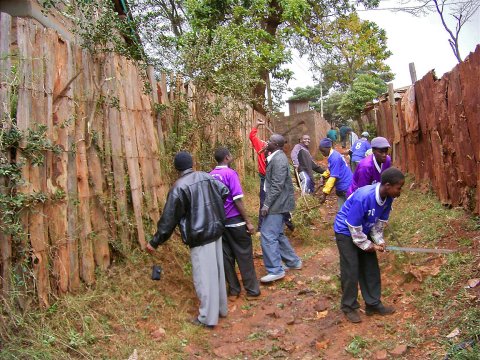 |
| 652. Under the Mentoring Program Olita (in the middle of the picture) arranged for club members to clean up their own neighbourhood and, in the process, demonstrate pride in their shared environment. |
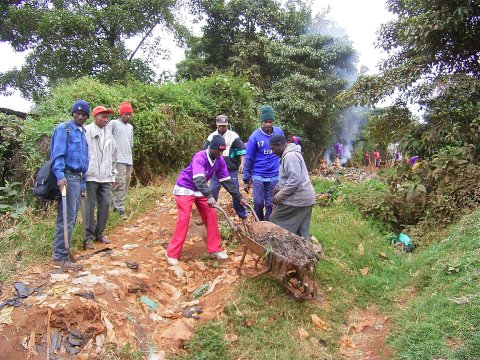 |
| 656. There was a road here once but it was first buried under garbage and later eroded by storm waters. |
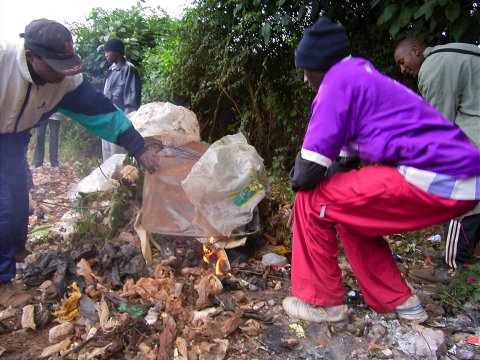 |
| 657. Burning waste, especially plastics, generates atmospheric pollution but it does at least reduce the volume of pollutants washed (or dumped) into the river. |
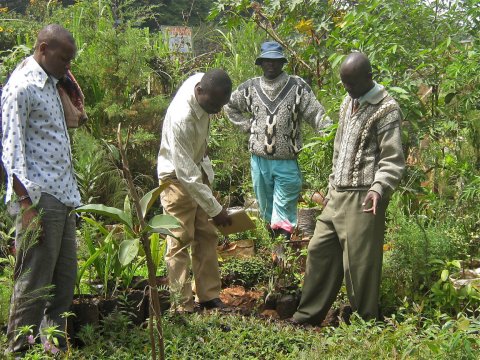 |
| 659. The idea was to provide a study centre at which young people could learn about tree species, where to plant them and how to care for them. |
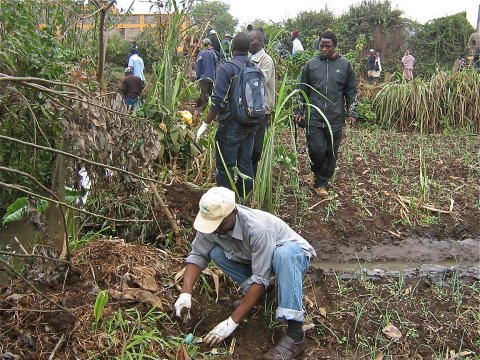 |
| 660. These were then transplanted by similar teams of young people to sites that had previously seemed almost devoid of life ... brown and dirty and beyond repair. |

![]()
Text, photos and recordings
by John Tyman
Intended for Educational Use
Only.
Contact Dr. John Tyman at johntyman2@gmail.com
for more information regarding
licensing.
![]()
www.hillmanweb.com
Photo processing, Web page layout,
formatting and hosting by
William
Hillman ~ Brandon, Manitoba ~ Canada